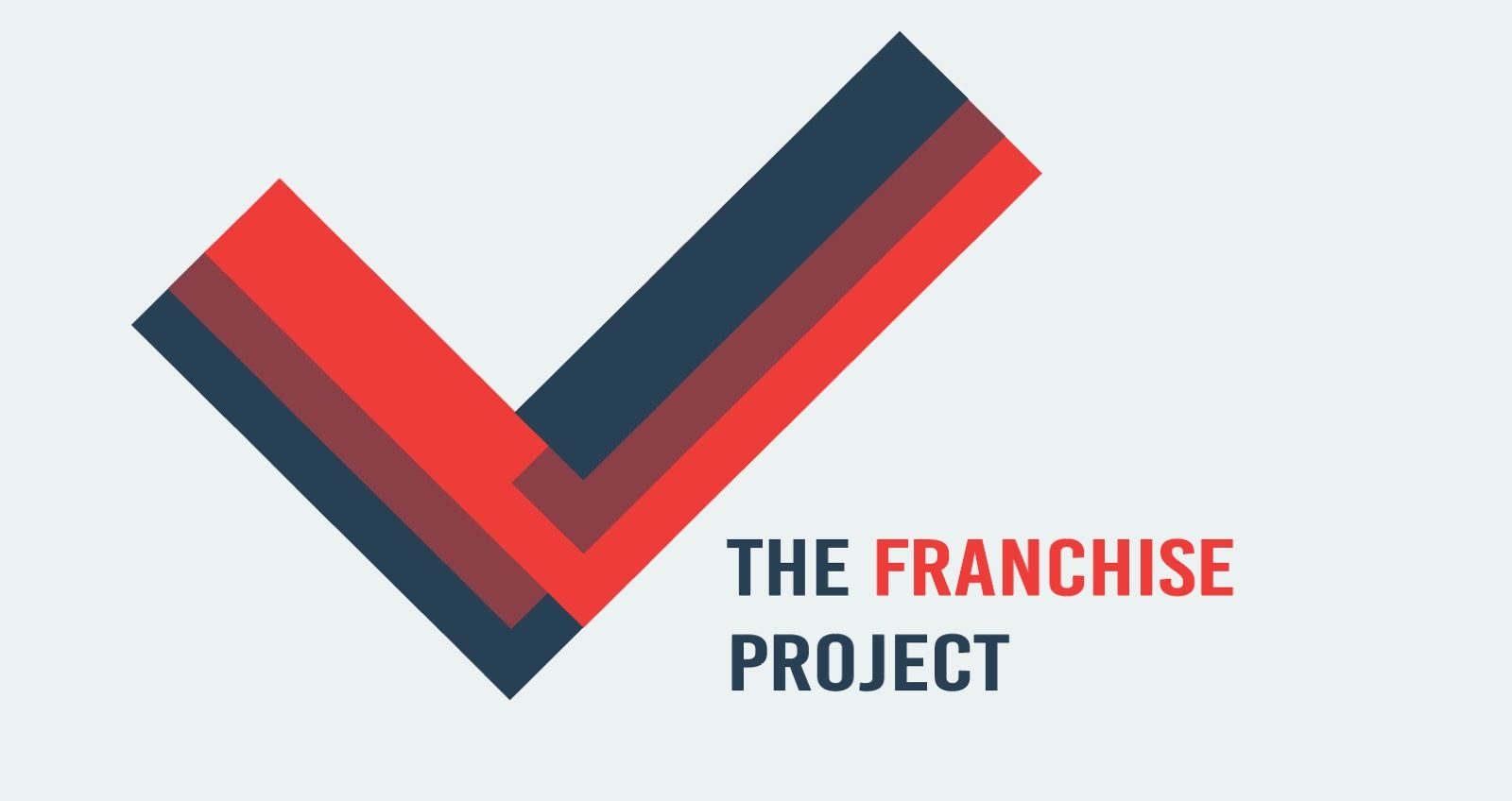Categories - Photo ID
- 0/3
- 1/3
- 2/3
- 3/3
The following states received 100% in Photo ID:
Alaska
Arizona
California
Colorado
Connecticut
District of Columbia
Delaware
Hawaii
Illinois
Kentucky
Massachusetts
Maryland
Maine
Minnesota
Missouri
Montana
North Carolina
Nebraska
New Jersey
New Mexico
Nevada
New York
Ohio
Oregon
Pennsylvania
Texas
Utah
Vermont
Washington
Wyoming
Arizona
California
Colorado
Connecticut
District of Columbia
Delaware
Hawaii
Illinois
Kentucky
Massachusetts
Maryland
Maine
Minnesota
Missouri
Montana
North Carolina
Nebraska
New Jersey
New Mexico
Nevada
New York
Ohio
Oregon
Pennsylvania
Texas
Utah
Vermont
Washington
Wyoming
At first glance, requiring photo identification to vote seems natural. We require a photo ID for driving, getting into clubs, and drinking – why not voting? And everyone carries a photo ID, right? But there are a lot of problems with photo ID laws, which require showing a photo ID to vote. First, photo ID laws are a solution in search of a problem. Requiring a photo ID is supposed to prevent in-person voter fraud, but overwhelming evidence shows that in-person voter fraud is exceedingly rare – so much so that there are more instances of lightning strikes than there are of in-person voter fraud. In other words, you’re more likely to be struck by lightning than have your vote offset by someone committing voter fraud. Instead of solving a problem, photo ID laws only serve to create them: photo ID laws create voter confusion and decrease voter turnout; they are prohibitively costly to implement; and, most importantly, they unnecessarily disenfranchise qualified voters who are unable to get a photo ID. And these burdens fall disproportionately on the poor, people of color, young people, and senior citizens. While obtaining a photo ID seems easy for most people, bureaucracy makes it almost impossible for some voters: changing documentation requirements, uninformed local clerk officials, and limited local clerk office hours are all barriers many individuals face when attempting to obtain a photo ID. And, in some areas of the country, voters have to travel over 150 miles to get a photo ID. In a nation where voting is a fundamental right for all citizens, this is unacceptable. To determine whether a state has voter-friendly rules related to photo ID, the Scorecard includes the following metrics:
- Whether the state requires a photo ID to vote on Election Day
- Whether the state requires a photo ID to vote early or by mail
- Whether the state, if a photo ID is required, has an alternative process that does not require further action by the voter (e.g., signing an affidavit).
For full details, please visit our detailed calculation spreadsheet.
See an error? Submit a correction here.
